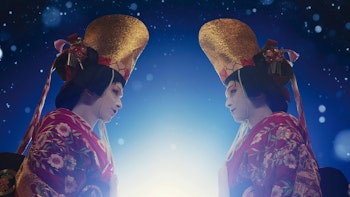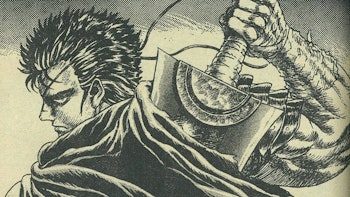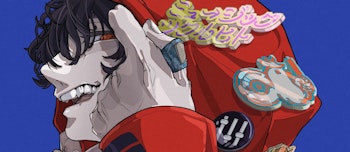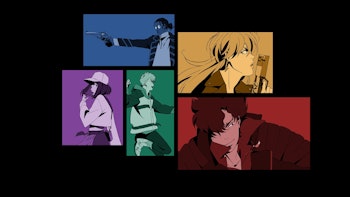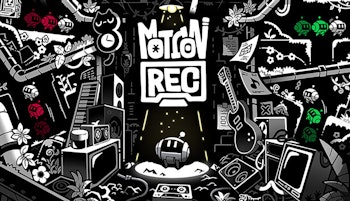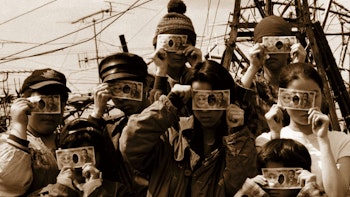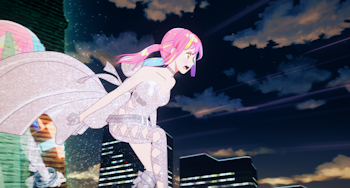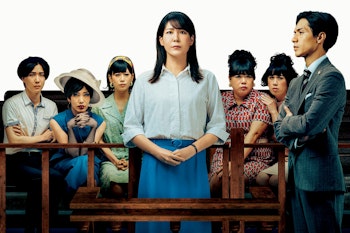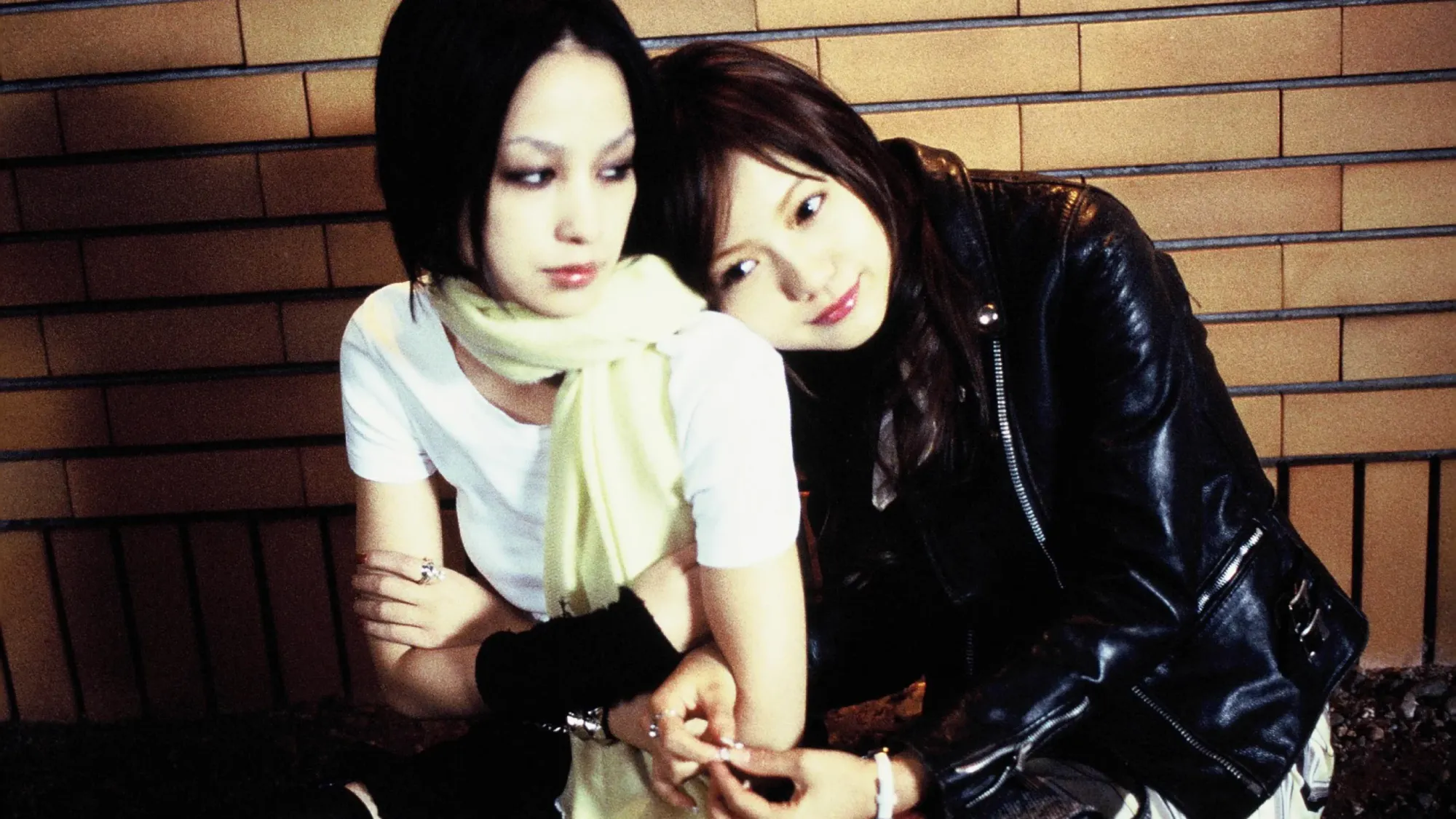
Y2K is back! The nostalgia cycle in full effect. The styles and sounds of 2000s Japan are returning to the cultural fore from gyaru to lolita to Harajuku fashion, and there’s an embrace of IP from the era to the point Tamagotchi and even discontinued arcade games like Love and Berry can see a revival in interest. Even the overabundant use of charms on phones and bags are back in style from a time of minimalism, and that’s not because of Labubu. Somehow, of all the media capturing the particular experience of mid-2000s Japan, Ai Yazawa’s Nana, and both the anime and live-action adaptations of that series, have become the seminal stories of the era.
Indeed, as Uniqlo release a collection of UTs inspired by Yazawa’s art including that of Nana, and the anime and manga return to prominence, the live-action 2006 film Kentaro Otani-directed film is returning to cinemas with an all-new digital remaster. Two ‘Nana’, punk rocker Nana Osaki (Mika Nakashima) and normal girly girl Nana Komatsu (Aoi Miyazaki), meet by chance on a delayed train to Tokyo with different goals. The former looks to break into the music world after ending with her former band, while the latter looks to reunite with her boyfriend of a year older at the same university and find a life in Tokyo.
Coincidences continue, and the pair find themselves looking at the same room 707 (nana zero nana, matching their names), and end up making the decision to live together. Their lives begin to undertake drastic shifts in that time, with Nana O finding a path into the industry while memories of her past group resurface and Nana K finds her boyfriend isn’t as honest about his emotions like she wears them on her pink ruffled sleeves.
Nana is a shojo coming-of-age story, first and foremost. When the girls meet, they’re both twenty on a journey for a new beginning, brought together by fate in a way that means their vastly-different personalities gel together despite their differences. On this cusp of adulthood and the start of a new life, both find themselves thrust into circumstances that leave them vulnerable, and it’s in each other that they find a way to work through those circumstances. It’s arguably little more than a melodramatic love story on its surface, but it’s the smaller moments that ensure this story resonates.
Like the manga, this is what resonates in the live-action mid-2000s adaptation, and was a big contributing factor to its success at the time. Moments of Nana K recalling her first meeting with Nana O with her non-stop rambling to someone who was at-the-time a stranger yet listened regardless in their hours of waiting. Finding new glasses for their shared apartment with a strawberry motif, performing a new song in the apartment for the first place. Nana K standing up for someone else when she struggles to process her own relationship past when it hurts her friend. They’re moments that sell the bond between these unlikely friends in a way that elevates their relationship beyond mere friends in an intoxicating manner that’s near-impossible to look away from.
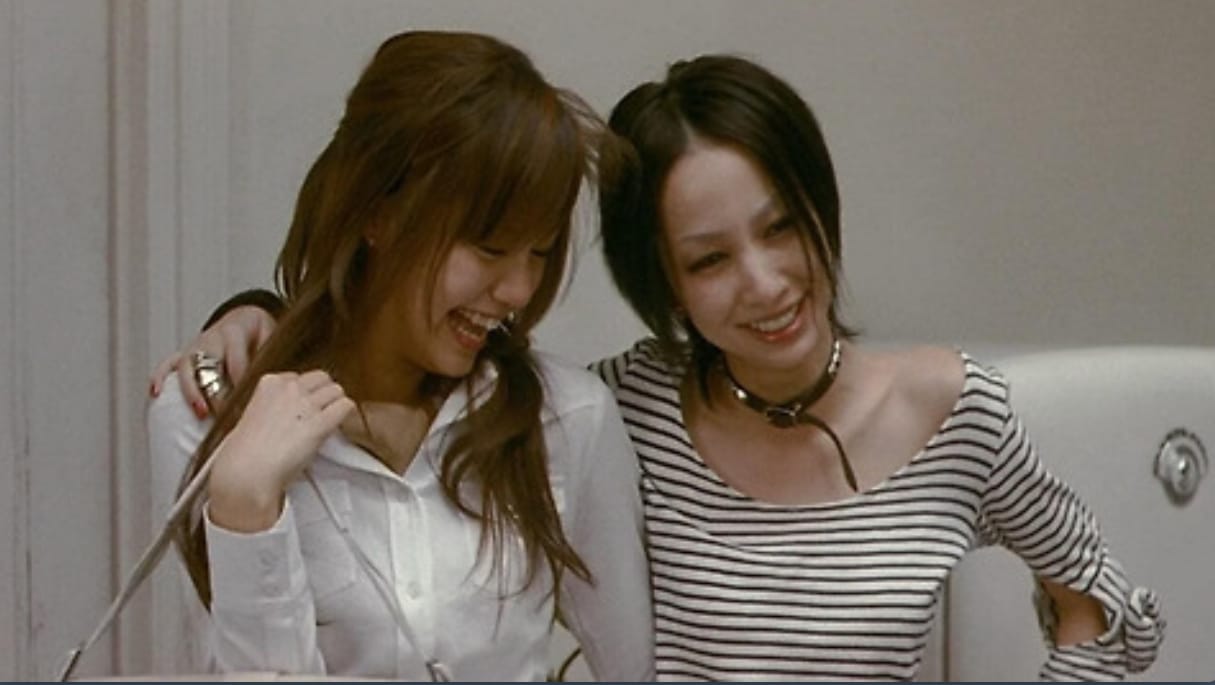
This relationship thrives on its core casting. Even if side characters perhaps lack the screen time or fail to resonate in the same manner, this is a film that captures the feeling behind the story through this main pair who embody the two sides of the fashion and culture world of the 2000s. Mika Nakashima is a pop star who at the time was reaching the peak of her cultural relevancy that only rocketed further thanks to this film. Her musical background made her a perfect match for the rock-infused punk stylings of Nana K, but considering her relative lack of acting experience at the time puts on an impressive performance as the emotionally-torn musician tied to her past as she seeks something new.
On the other side of the spectrum, Aoi Miyazaki was a rising acting star. By 15 she was earning international attention for her role in Shinji Aoyama’s, which itself earned awards recognition from secondary awards at that year’s Cannes festival before a successful domestic and international release. Only earning more and more attention on screen and stage in the years to follow she had risen as a bubbly face of Japanese entertainment, making her a natural fit for the high-energy Nana O, someone whose positivity and niavete mask a more nuanced and concerned, complex personality underneath the surface.
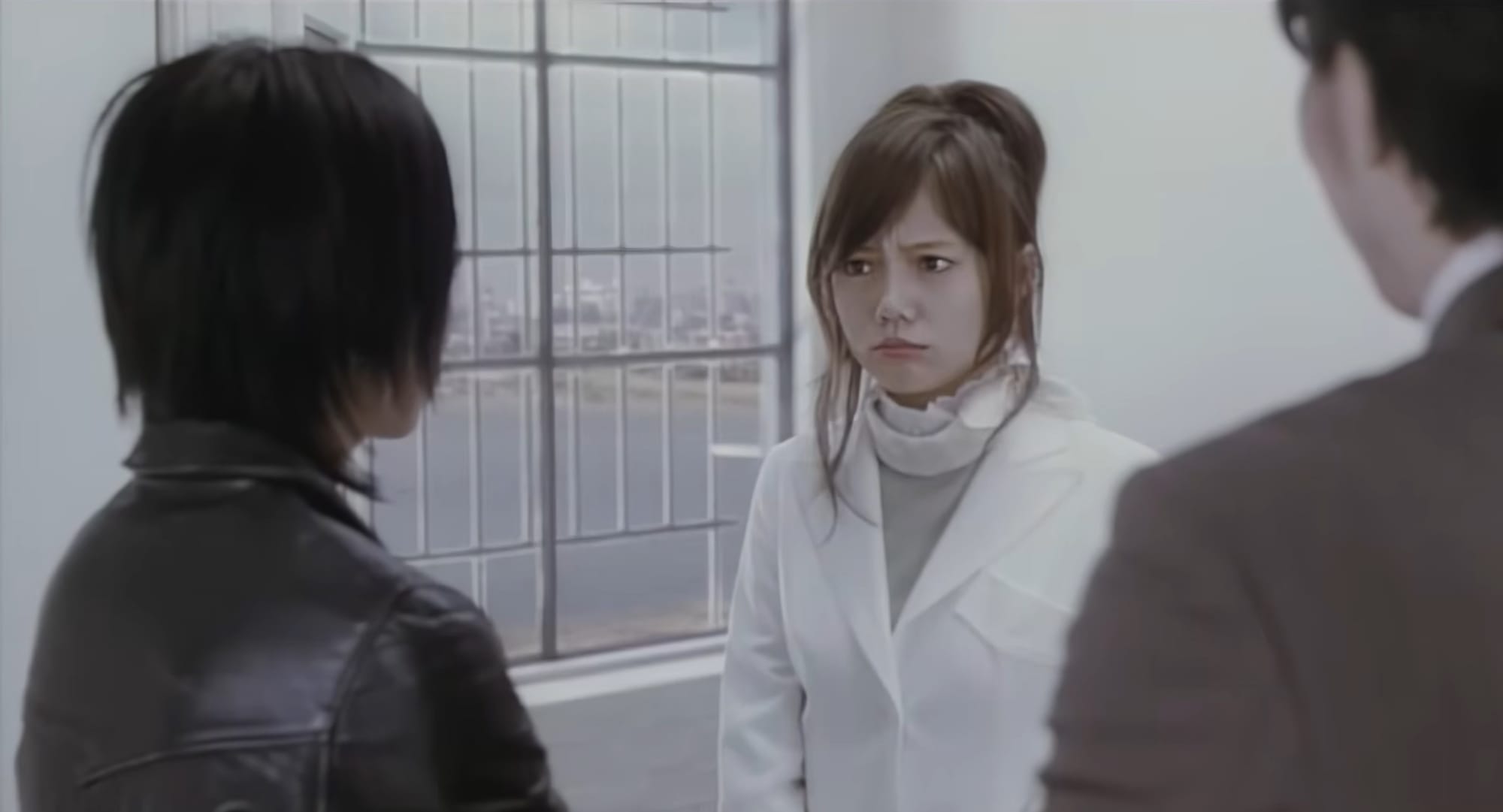
From its cast even down to its structure, with intense use of voiceover, montage over J-Pop musical hits and slow-motion, alongside its present-day setting, make it a film that embodies 2000s flamboyance. It suffers from some pacing issues as it tries to take an in-progress and non-insubstantial manga and tell a complete story within under two hours, but it’s uplifted by this central relationship.
But why is it relevant today, in 2025, when many other manga adaptations of the era that earned similar degrees of success have faded from view?
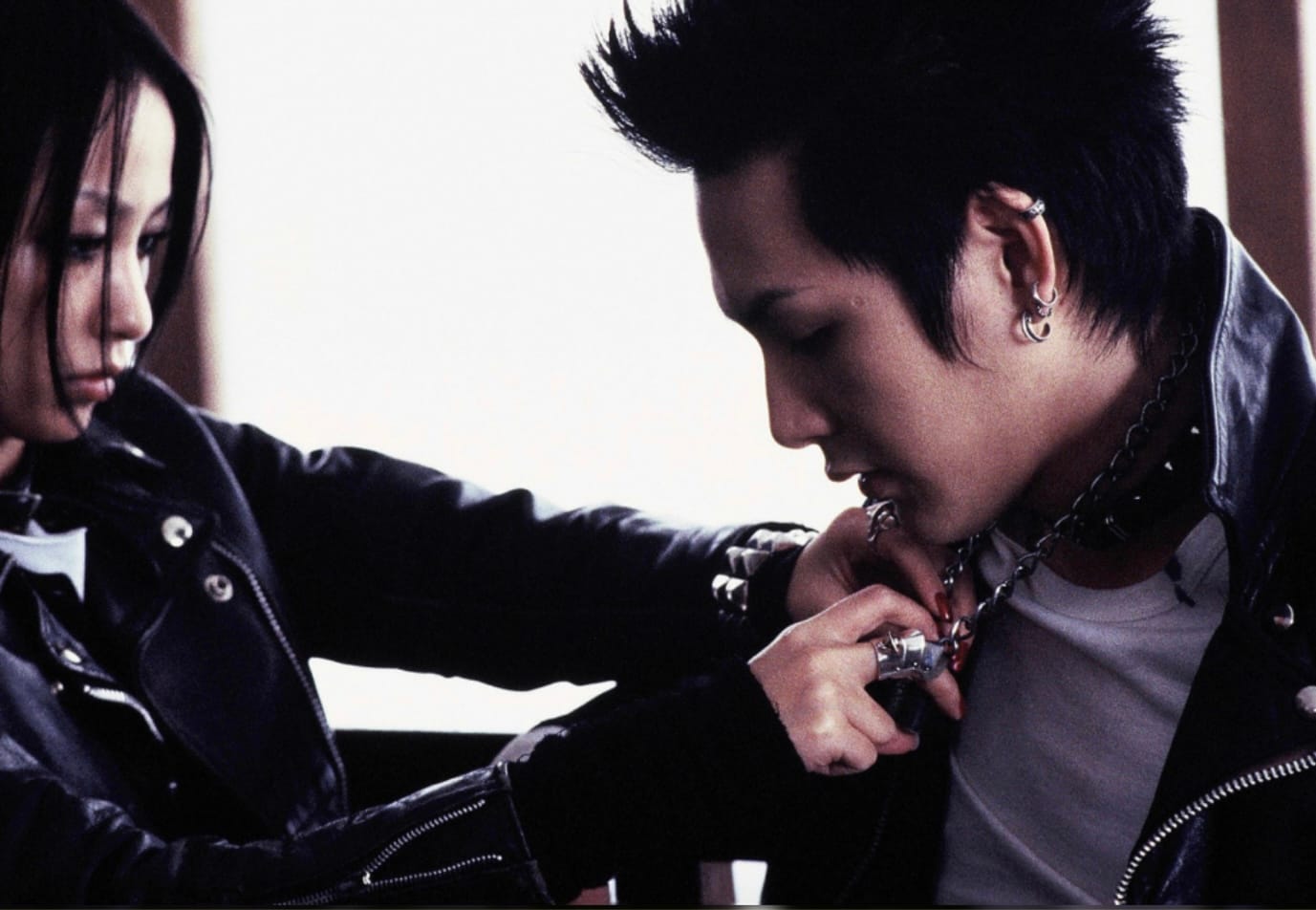
Indeed, why is Nana itself so resonant both inside and outside Japan in 2025? Sure, Nana was a hit shojo manga at the time, but it’s been on an indefinite hiatus since 2009. You had this live-action film in 2005 and a sequel with replaced cast members in 2006 that failed to hit the same levels of success, as well as an anime, but the series has been essentially dormant for over 15 years. People love Yazawa’s work, but even that makes it hard to fathom just how relevant this series remains, enough to make this live-action cinematic rescreening a somewhat-anticipated venture amidst an audience craving something new from this timeless story. Why?
When the series began publication in 2000, Yazawa had found success already as a manga artist with stories like Tenshi Nanka ja Nai and Paradise Kiss. Her serialization in Ribon led her to drop out of fashion school to focus on her manga, a fact that resonates in the stylish nature of her work attuned to the fashion of their eras. Both Nana embrace their opposite aesthetics in ways very much in tune with the trends of the time - Nana K’s fashion is notably inspired by the punk designs of Vivianne Westwood and even directly borrows some motifs for her design through the series alongside other designers. The airy designs of Nana O’s outfits, often layered in pastels, were also a growing style of the time, and the fashions of both could easily found adorned by street style kids in magazines like FRUiTS.
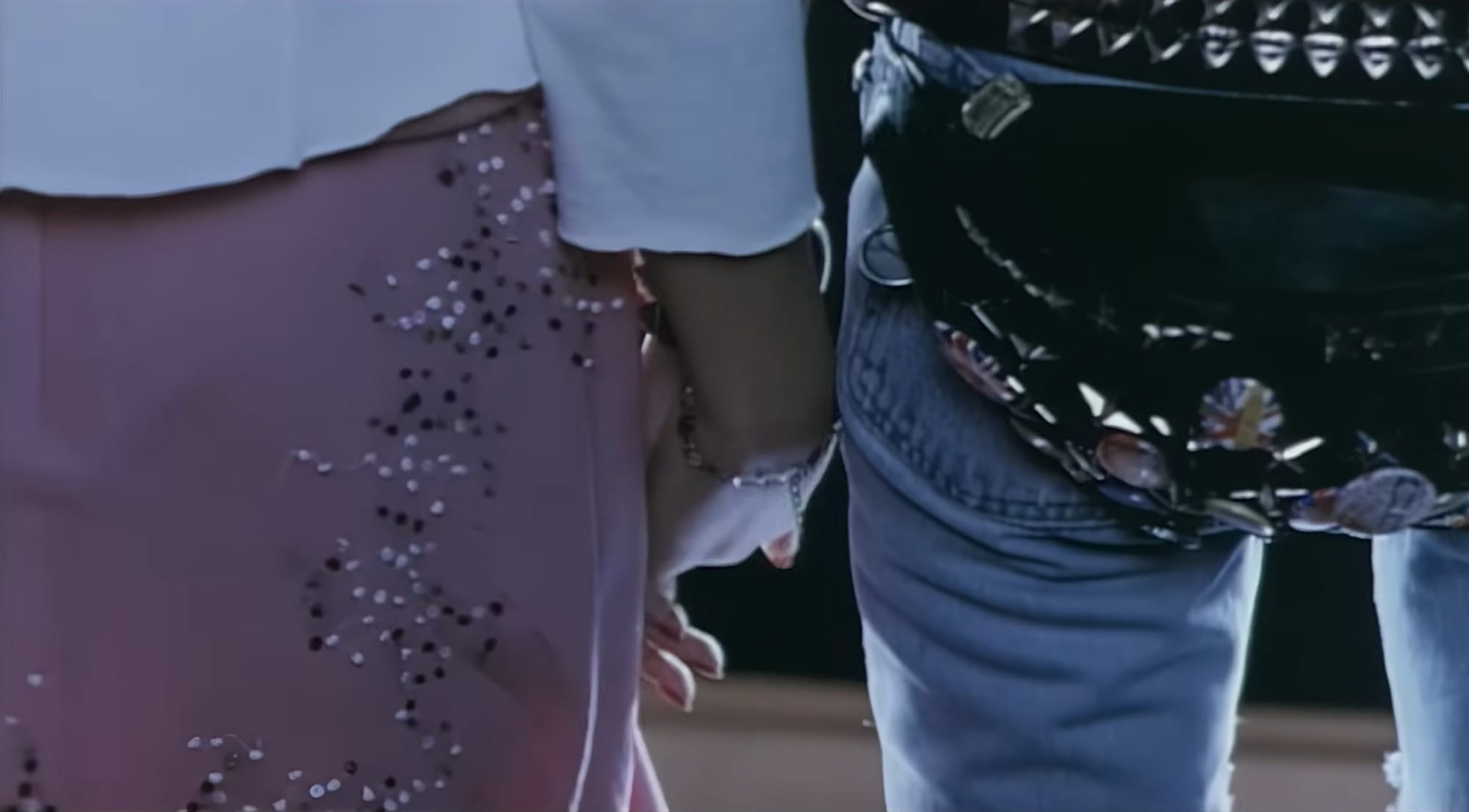
Nana was an early hit for the newly-launched Cookie magazine, and soon went on to be one of the highest-selling manga of all time. Yazawa’s fashion-conscious background and interest in music ensured the series embodied the culture of the time through its fashion and music, but its success made it just as much of an intrinsic part of the culture itself. Hyde from L’arc en Ciel, one of the best-selling artists of all time, wrote the live-action theme, Nana discusses her love for the Sex Pistols in the manga, and the anime similarly has its slate of original music. You can say that the series, and the close relationship of its protagonists, ensures a great story maintains the plaudits it deserves, but even beyond that, it’s hard to avoid discussing the 2000s in Japanese pop culture without discussing Nana.
So of course, as nostalgia for the era reaches an apex, people look to Nana as an ingestible window into that era wrapped in an enduring, timeless story. That includes the live-action film, a story perhaps not as well-recognized internationally today but remains a notable pillar of the series and its pop cultural image. A return to cinemas for the film matches both Nana’s relevancy and the dominance of Y2K and the 2000s in the Japanese cultural lexicon, and it’s one worthy of revisiting as a film that does justice to the series it adapts.

